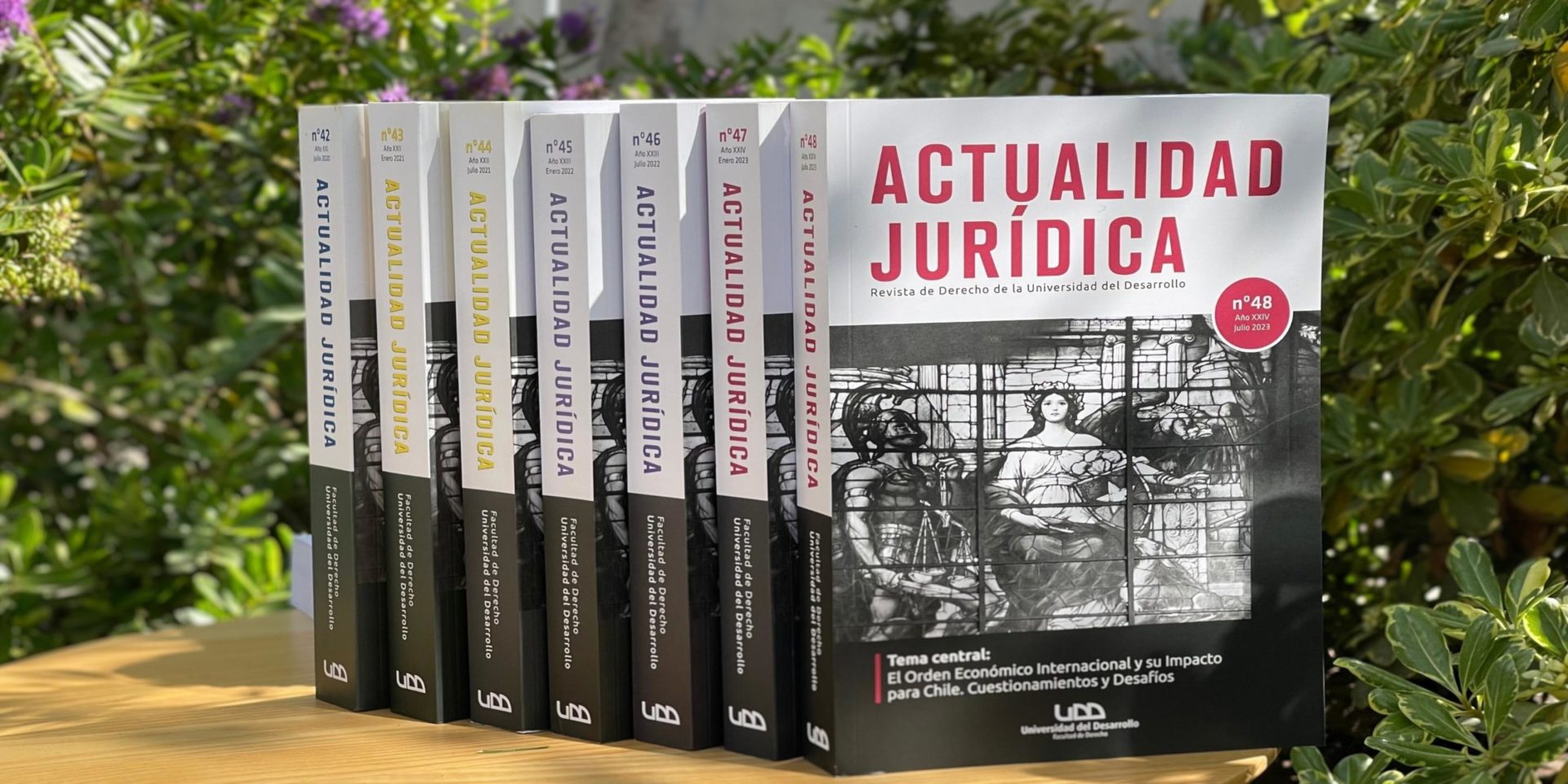Concesiones sanitarias: cómo se insertan en el actual modelo de gestión colectiva de las aguas
Resumen
Este trabajo tiene por objetivo analizar la interfaz que se produce entre las concesiones sanitarias con la gestión colectiva de las aguas en la fuente y los otros usos presentes en una cuenca. Para ello, primero, se expone sucintamente el régimen de concesiones sanitarias y sus atributos para, luego, entrar en los efectos que producen en el resto de los usuarios, tanto en épocas de abundancia como de sequía ordinaria o severa. A continuación, se intenta dilucidar si la redistribución que realizan las Juntas de Vigilancia debe privilegiar el derecho humano al agua y saneamiento o, bien, un consumo urbano multipropósito. Por último, se reflexiona sobre la necesidad de introducir modificaciones al sistema de concesiones sanitarias para producir un cambio estructural de la demanda que haga posible un uso equitativo del recurso.
Abstract
The purpose of this paper is to analyze the interface between water supply concessions and the collective management of water at the source and other uses in a basin. To this end, first we describe the regime of water supply concessions and its attributes, and then the effects they produce on the rest of the users, both in times of abundance and in times of ordinary or severe drought are discussed. It then attempts to elucidate whether the redistribution carried out by the Surveillance Boards should privilege the human right to water and sanitation or a multipurpose urban consumption.
Finally, we reflect on the need to introduce modifications to the water supply concession system in order to produce a structural change in the demand that makes possible an equitable use of the resource.
